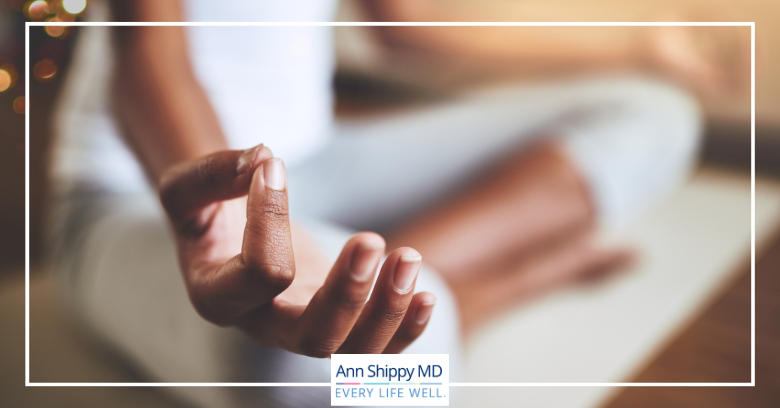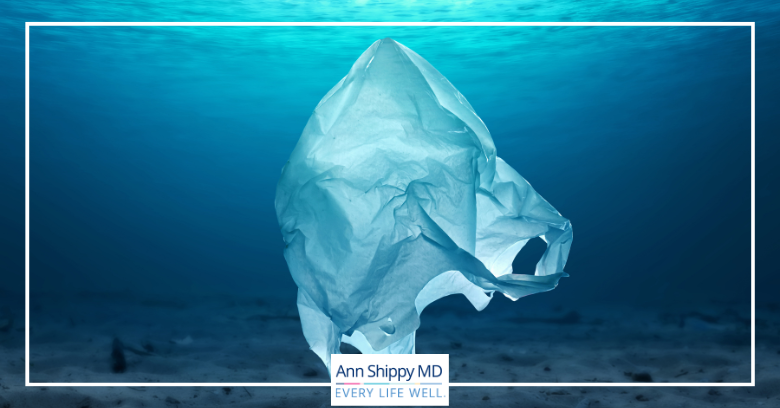Intimate kissing—the kind where saliva is exchanged—is a courtship staple unique to us humans and very common in most world cultures. In the midst of sharing an intimate smooch you’re probably not thinking about what’s happening inside your mouth or of your beloved’s.
As “unsexy” as it sounds, our mouths do contain a thriving microbiome. Microbes are key role players in gene expression, diet, age, and yes—even sexual behavior.
In a study in the journal Microbiome, Dutch researchers observed how bacteria are exchanged between partners during an intimate kiss. Twenty-one couples, ages 17 to 45, agreed to have their mouths swabbed before and after kissing. One partner was given a probiotic yogurt, and then the couples smooched. Researchers identified an uptick of Lactobacillus and Bifidobacterium in the partner who hadn’t taken the probiotic— up to 0.54 percent in saliva and 0.49 percent on the tongue. The exchange corresponds to an average of 80 million bacteria transferred per French kiss.
The microbiome of our mouths is a vibrant planet on its own. In National Geographic, Ed Yong likens it to a rainforest where “the tongue, teeth, and gums are all very different habitats, each with their own fauna. There are even differences between the microbes below and above the gum line of a single tooth. And within each of these habitats, microbes compete with each other, exchange nutrients, and change the environment around them.”
Kissing contributes to the attachment we develop with a beloved. It arouses us with sensory explosion. Adrenaline gets pumped to the heart. Your brain shuts down negative emotion and those happy brain chemicals surge.
Next time you lean in for a subtle Titanic kiss or maybe an ultra passionate From Here to Eternity smooch, remember you may not only be giving your heart away but also millions of bacteria. To fortify your gut’s microbiome, consider supplementing with my Daily Probiotics, which provide 30 billion CFU per capsule— and read more about your gut bacteria and “who’s in charge” in our popular article, “Controlling Cravings: Are You the Hand or the Puppet?”













